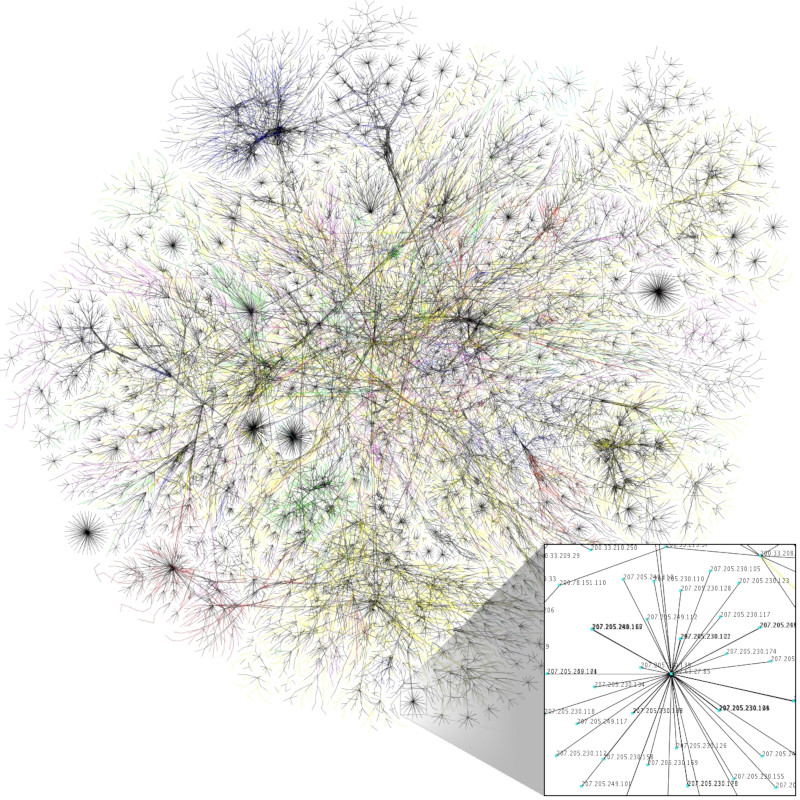
Information on pricing, market analysis, shares, forecast, and company profiles for key industry participants. Analyze different types of infrastructure sharing setups prevalent in the Asia-Pacific region. Examines the factors driving telecom operators to share infrastructure, the obstacles to doing so and the threat of anti-competitive outcomes, and a brief comparison of Asia-Pacific with other regions. Get information on the prevalent forms infrastructure sharing takes, on recent deals involving passive and active sharing, on deals involving tower offloading by operators, and on the major tower companies in the region. Case studies to illustrate the various drivers and benefits involved in infrastructure sharing.
Key Findings
Mobile infrastructure sharing can help telecom operators reduce their operating expenses and capital expenditures. However, factors such as the physical landscape and the stage of mobile network deployment can make it difficult to forecast savings in absolute terms.
In Asia-Pacific, most infrastructure sharing deals have been voluntary, although there are a few countries such as China where the regulator, aiming to optimize use of scarce resources, has made the sharing of passive infrastructure mandatory. In other countries – Hong Kong, Singapore – the regulator intervenes by directing operators to share infrastructure if overall it benefits citizens or the environment.
Passive infrastructure sharing has remained more common in Asia-Pacific mainly because of its cost benefits, its relatively lower complexity and the unwillingness of bigger players to share their networks with smaller players.
Active sharing is gaining momentum, driven by the need of LTE deployments for huge investments and the obligations, mainly pertaining to coverage, that governments impose through spectrum licenses.
Tower offloading is a growing trend in Asia-Pacific: operators are selling or spinning off their tower assets to focus on their core businesses and to reduce costs.
Synopsis
Analyze various types of infrastructure sharing, the operational and economic benefits as well as the risks and concerns of operators around sharing their infrastructure assets. The report also explains the factors supporting and hindering infrastructure sharing, with examples from several markets.
The report is organized as follows:
Introduction: This section explains infrastructure sharing and the forms it takes.
Operational and economic benefits of mobile infrastructure sharing: This section analyzes the value proposition of infrastructure sharing, looking at benefits such as opex and capex efficiencies and coverage expansion.
Obstacles to mobile infrastructure sharing, and the threat to competition: This section analyzes the potential obstacles to infrastructure sharing and the possibility of anticompetitive effects.
Mobile infrastructure sharing in Asia-Pacific: This section provides a regional overview of Asia-Pacific, explaining the region in a global context, the regulatory environment in select countries, recent active and passive infrastructure sharing agreements and tower offloading deals.
Case studies: This section comprises three case studies explaining the factors that drive infrastructure sharing.
Key findings and recommendations: This section provides the report’s findings on the infrastructure sharing markets in Asia-Pacific along with Pyramid Research’s recommendations for operators, tower companies, regulators and equipment vendors.
The Telecom Insider report ‘Asia-Pacific: Regulators and Opex Pressures Push Mobile Operators into Infrastructure Sharing’ investigates the factors driving infrastructure sharing based on a comprehensive, detailed understanding of the mobile telecommunications markets in the Asia-Pacific region.
The report’s survey of local developments in mobile network deployment, management and outsourcing provides a resource for more detailed planning, while its actionable analysis of current trends offers a wider perspective.
The report lists recent agreements for active and passive infrastructure sharing as well as tower offloading deals by operators, helping executives understand the markets where infrastructure sharing arrangements are more keenly pursued.
The report’s key findings allow operators, tower companies, vendors and regulators to extract the crucial trends in network sharing in Asia-Pacific, while its forward-looking recommendations help them develop effective longer-term strategies for their networks.
Table of Contents
Introduction: Defining infrastructure sharing
Defining infrastructure sharing
Defining passive infrastructure sharing
Defining active infrastructure sharing
Infrastructure sharing joint ventures
Operational and economic benefits of mobile infrastructure
sharing
Value proposition of infrastructure sharing
Opex savings – site rationalization
Capex efficiencies – network deployment
Capex and opex savings – tower offloading and
outsourcing
Coverage improvements
Obstacles to mobile infrastructure sharing, and the threat to
competition
Obstacles for mobile infrastructure sharing
Anticompetitive behaviors
Mobile Infrastructure sharing in Asia-Pacific
Mobile infrastructure sharing – global context
Operator willingness to share infrastructure in Asia-Pacific
